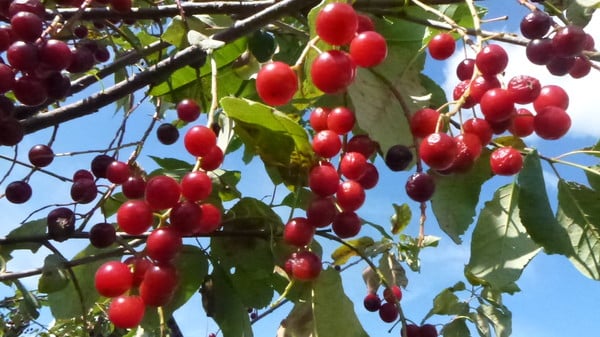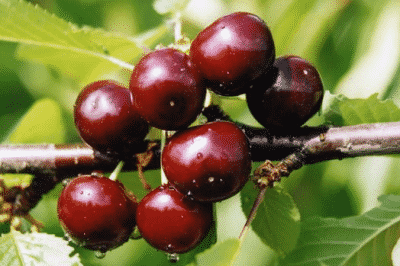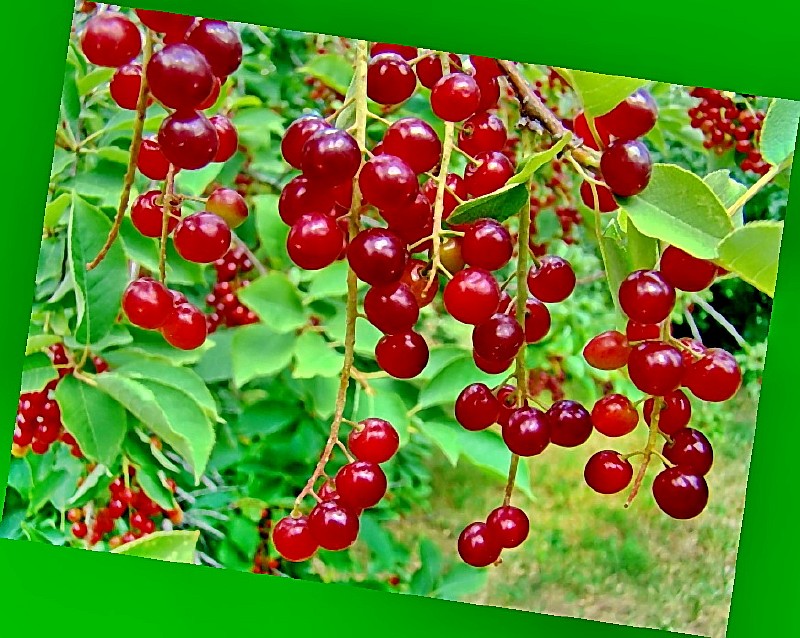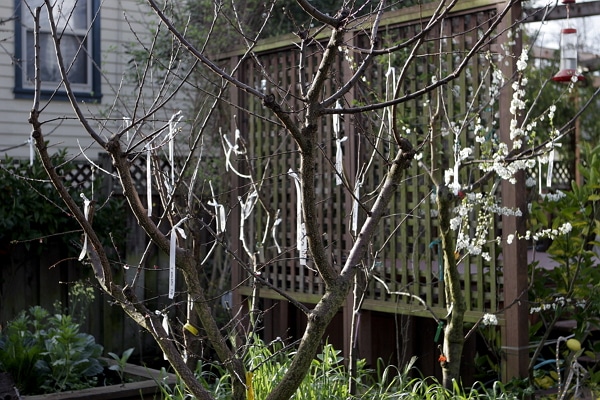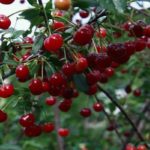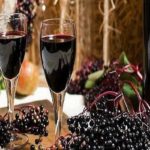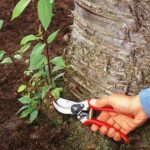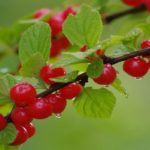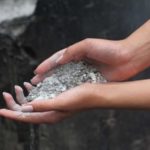Fans of unusual plant varieties are advised to pay attention to the hybrid variety of cherry and bird cherry. Such trees did not previously exist in nature; their appearance was the result of selection work. Before buying cerapadus, you should learn about the nuances of choice, the distinctive properties of the variety and the rules for caring for the plant.
Description and characteristics
The hybrid variety obtained by crossing bird cherry and cherry is usually called cerapadus. The name was obtained by adding the Latin names of the plant's progenitors. The pioneer of breeding plants was Michurin I.V., and as a result of numerous experiments, modern varieties have acquired the qualities of winter hardiness of bird cherry.
The peculiarity of cerapadus fruits is that the leaf blades resemble the shape of cherry leaves, and the berries are a hybrid in appearance and taste. The first type of unusual plant bred was distinguished by the sugar content of the berries and the unusual, almost black color of the fruits.
Modern varieties have a dense crown and are characterized by a decent size of green mass.
The advantages of cerapadus were the following:
- high frost resistance;
- well developed root system;
- high productivity;
- large berry shape;
- decent external and taste quality of berries;
- resistance to diseases, especially coccomycosis.
Today the list of cerapaduses is quite wide. Some varieties form racemose inflorescences, which allows for high yield.
Benefit
The advantage of cerapadus is not only its physical qualities, which make it possible to obtain decent yields of tasty berries in difficult climatic conditions, but also the beneficial properties of the fruit. A berry decoction of such plants can have an antipyretic effect. Due to the rich chemical composition, regular consumption of berries replenishes the deficiency of vitamins and minerals in the body.
The appearance of cerapadus made it possible to combine the qualities of bird cherry and cherry. Since ancient times, the fruits of the former have been used to treat gastric diseases, eye and pulmonary pathologies, and rheumatism. Thanks to the large amount of phytoncides, bird cherry was used to fight microbes, and cherries were used to cleanse and rejuvenate the body.Cerapadus fruits can be used to make juices, compotes, and fruit drinks.
Berries are frozen for long-term storage, but their beneficial properties are slightly reduced.
The best varieties
Hybrids of cherries and bird cherry today include a large number of varieties. The distinctive quality of any of them is their high ability to tolerate low temperatures, which is why they are grown in regions with cold climates.
The following varieties have gained popularity among Russian gardeners:
- Cepadus Novella is a tree-like tree that can reach a height of 3 m and does not require pollinators;
- Rusinka - shaped like a bush, the height of which does not exceed 2 m;
- Lewandowski's memory is a bushy species, classified as a self-sterile variety, and therefore requires pollinators for fruiting.
In Russian regions, cerapaduses have not yet found wide distribution, since not everyone likes the presence of a hint of bird cherry in the fruits. Moreover, they are often used as a rootstock for cherries, bird cherry and plum crops.
Rules for planting and care
It is recommended to purchase young cerapadus seedlings in specialized places, which will avoid deception and forgery of the plant. The tree is planted in early autumn or spring. In most cases, planting work is carried out in April.
A place with a neutral type of soil is considered optimal for selection; it is possible to use soil with average fertility qualities. For cerapadus, lighting and sufficient sunlight are important, so shaded areas are not suitable for planting. The plant does not tolerate drafts well, so do not choose open areas with gusty winds.
If the variety is self-fertile, take 2 or 3 seedlings for planting, keeping a distance of 2.5 m between each plant and 3 m between rows.
To increase survival rate, the root system is treated by soaking it in water or a “Kornevin” solution. Before planting the seedling, add a glass of nitrophoska into the hole. It is important to carefully straighten the roots, evenly distributing the shoots. The hole is filled halfway, after which it is moistened with a bucket of warm water. After the roots are completely covered with soil, the soil surface near the seedling is mulched using peat, sawdust or shavings.
In the first 2 years, the tree does not differ in growth, and growth retardation is observed. Fertilizing is done in the spring, focusing on the condition of the tree; the recommended frequency is once every 2 years. The plant needs the formation of a crown, which is formed in 2-3 tiers, leaving a maximum of 4 skeletal branches on each. For better flowering, before the buds open, the plant is sprayed with a 2% solution of Bordeaux mixture. The spread of weeds and pests should be controlled; if harmful insects appear, targeted preparations should be used according to the instructions.

